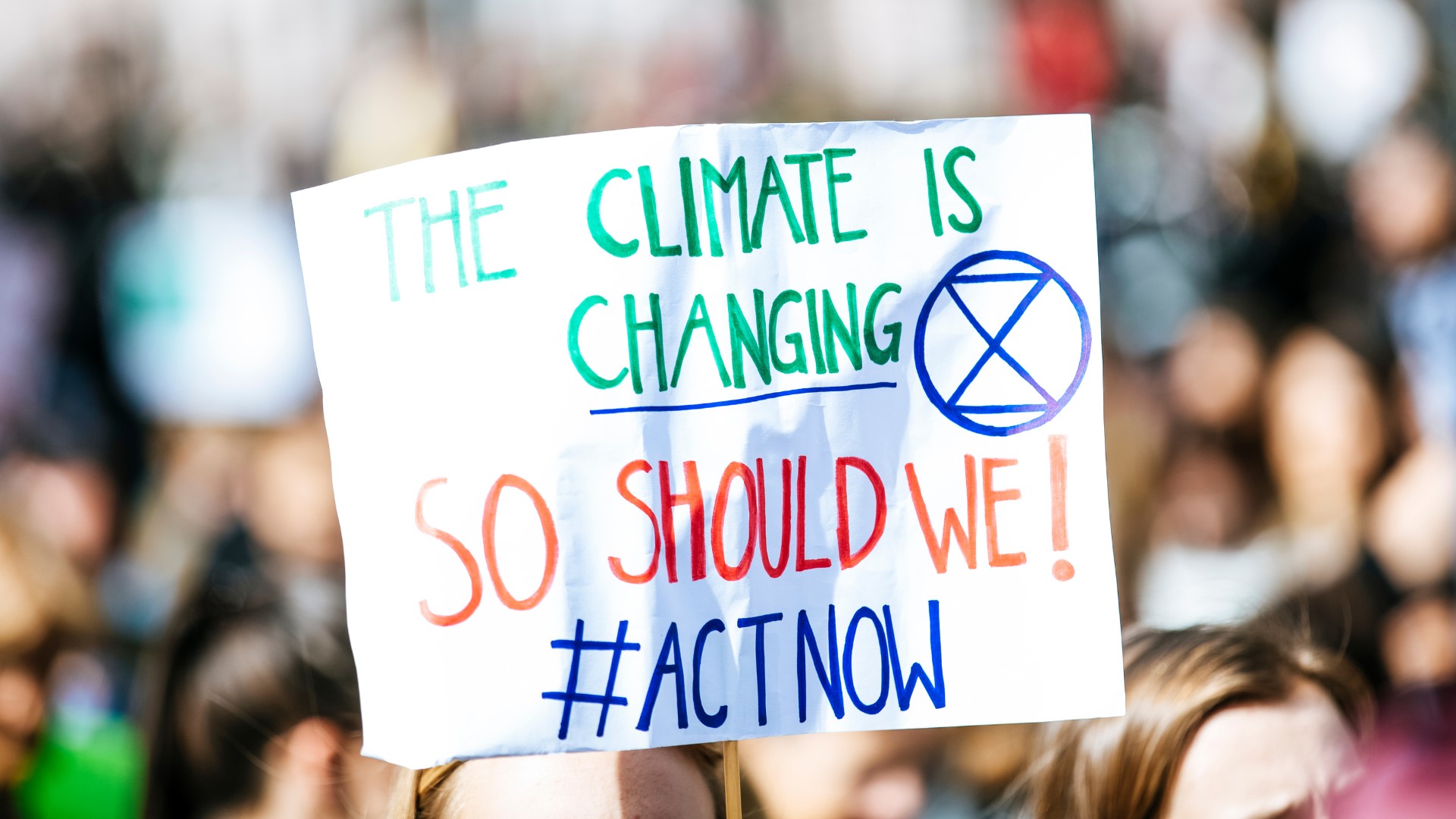
27 Oct Climate Change in 2025
Climate Change in 2025: Where do we stand?
In 2025, climate change is no longer a distant problem for future generations, it is already a defining challenge of our era. Every year, Earth’s climate records shift, extreme weather becomes more frequent, ecosystems strain, and communities feel the brunt of temperature surges. The pace of change demands not just awareness, but urgent collective response.
So where do we stand as of now? Which trends define our moment, which risks loom largest, and where must we act intentionally to slow, reverse, or adapt to these shifts? In this article, I take you through the latest climate data, unmask key tipping points, explore the role of politics and policy, and outline the steps we must take especially in 2025.
This is not just a status report. It is a call to clarity and action rooted in scientific insight, real-world evidence, and strategic direction. Let’s understand where we are, so we can chart where we must go.
Current Climate Reality: The Evidence Is Alarming
Rising Temperatures and Record Heat
The data is sobering. Global surface temperatures continue to break records. In 2024, the average global surface temperature reached around 1.52 °C above preindustrial levels, driven largely by human emissions. That places us squarely beyond thresholds once considered safe.
In January 2025, temperatures surged again. It recorded the warmest January on record, 1.75 °C above the preindustrial baseline. (turn0search19) Meanwhile, June 2025 ranked as one of the hottest Junes ever, with sea and land temperatures both far above long-term averages.
Projections for the next few years are equally stark. The World Meteorological Organization forecasts a 70 percent chance that the five-year average warming for 2025–2029 will exceed 1.5 °C. There is also an 80 percent chance that at least one year in that period will break the 2024 heat record. Carbon Brief’s estimates put 2025 on track to finish as the second or third warmest year on record, though it is unlikely to surpass 2024.
Heatwaves, Human Impact, and Ecosystem Stress
Heat is not just numbers. Over the past 12 months (May 2024 to May 2025), climate change was linked to extreme heat in every region. In 195 countries, human-caused warming at least doubled the days of dangerous heat compared to a world without climate change. About 4 billion people experienced 30 or more days of extreme heat.
One stark example: the 2025 India–Pakistan heat wave, which began early and ushered in temperatures above 48 °C in parts of Rajasthan. The heat pressured health systems, strained power grids, and disrupted agriculture across tens of millions of people.
Marine life is also suffering. Between 2023 and 2025, we are witnessing a global coral bleaching event affecting 84 percent of reefs. Elevated ocean temperatures are stressing coral ecosystems worldwide, threatening biodiversity and the livelihoods of coastal communities.
Accelerating Risks and Tipping Points
Temperature rise is amplifying other risks. Arctic regions are warming three times faster than the global average, accelerating ice melt, permafrost thaw, and sea level rise.
If global emissions persist, even aggressive mitigation pathways might still lead to 2.5–3 °C of warming by 2100, a world markedly more volatile than the one we inherited.
These changes propagate through systems. Warmer oceans carry more energy into storms and hurricanes. Drier soils make droughts more severe. Melting ice changes ocean circulation. All of this indicates we are nearing thresholds where feedback loops could accelerate change beyond manageable levels.
 Why So Little Progress? Barriers, Politics, and Policy
Why So Little Progress? Barriers, Politics, and Policy
Human Systems Lag Nature’s Pace
At its core, climate change is a mismatch between the speed of nature’s response and the speed of human systems. Our energy, infrastructure, and livelihoods are deeply woven into carbon systems. Transforming them at scale is slow, costly, and politically complex. That is why mitigation efforts often lag behind climate science’s urgency.
Policy Gaps and Inconsistent Commitments
Climate governance is patchy. Some nations adopt bold emissions targets; others lag or abandon them when economic pressures arise. Policies shift with administrations. Weak enforcement, loopholes, and lack of transparency often dilute the impact of climate promises.
During the UN climate summits (COPs), the world debates direction and financing. For instance, COP28 emphasized climate finance and the global stock-take process. But translating agreement on paper into real emissions action remains a major obstacle.
Funding, Technology, and Equity Barriers
Green transitions require capital especially in lower-income countries. Renewable energy, grid upgrades, climate resilience investments, and clean transport all cost money and institutional capacity. Without finance and technology transfer, many nations remain vulnerable.
Beyond capacity, equity matters. Communities who have done little to cause climate change often suffer its worst impacts. A fair transition must cushion them, or the social backlash will hinder policy implementation.
What Must Be Done: A Strategy for 2025 & Beyond
Accelerate Emissions Cuts Now
There is no room for delay. Deep emissions reductions in sectors like energy, transport, housing, agriculture, and industry must begin immediately. It is no longer sufficient to aim for vague “net-zero by 2050” targets. Interim milestones, accountability mechanisms, and strong enforcement are essential.
Removing subsidies for fossil fuels is a key measure. When cleaner energy is burdened by hidden costs, it loses competitive edge. Aligning incentives, introducing carbon prices, and phasing out coal must move faster.
Support Innovation and Technology Deployment
Cutting-edge solutions such as carbon capture, green hydrogen, energy storage, advanced materials must move from lab to market. Policies such as grants, tax incentives, public-private partnerships, and procurement of green tech by governments can drive that shift.
Technology transfer and support for developing nations are crucial. Equity in climate innovation will determine whether the transition is global or segmented.
Scale Climate Adaptation and Resilience
Even with emissions down, climate change is already baked in. Communities must adapt. This means investing in flood control, climate-resilient crops, water storage, heat-proof infrastructure, early warning systems, and health systems ready for heat stress.
In 2025, adaptation must no longer be an afterthought. It must be baked into infrastructure planning, urban design, and disaster preparedness at all levels.
 Strengthen Climate Governance and Cooperation
Strengthen Climate Governance and Cooperation
No one country can solve this alone. Global cooperation is critical. We need stronger international agreements, fairer finance architecture, and coordinated zero-carbon pathways.
Transparent reporting, peer review, and accountability must become standard. The Climate Change Performance Index (CCPI) model I discussed before is a useful benchmark approach for nations to compare performance and drive ambition.
Mobilize Society: Behavior, Awareness, Leadership
Policy and innovation matter, but citizen engagement is essential. People can push for policy change, adopt low-carbon lifestyles, and demand climate accountability from corporations and governments.
Education, media, and civil society must strengthen climate literacy. Every sector, businesses, culture, community must become part of the solution.
Assessing 2025: Where Do We Go from Here?
Given what we see in early 2025, the climate trajectory remains alarming but not irreversible. If we act strategically and decisively now, we can limit damages and steer toward resilience. But the window is closing.
- The warming trends show that exceeding 1.5 °C permanently is now likely unless emissions decline sharply.
- Regions will suffer harsher climate extremes, flood risks, food security stress, and ecological losses.
- Policy alignment, financing, and equity must become non-negotiable.
- Innovations in climate tech, energy, adaptation, and restoration must be scaled rapidly.
- Every step matters — in energy, transport, land use, industry, investment, behavior, policy.
This is not a story about doom. It is nevertheless serious. 2025 is a pivot year. The choices we make this decade, in policy, collaboration, technology, and shared responsibility — will echo for centuries. If we align purpose with power, insight with action, we still have a fighting chance to preserve a livable climate for our children and theirs.
Would you like me to format this into a ready-to-publish blog post (with headings, image suggestions, pull quotes, and SEO internal links)?
We Support Policy Clarity with Evidence-Based Insight
At SOStainability, we specialize in guiding businesses, communities, and organizations to successfully integrate sustainability into their strategies. We offer consultations tailored to your unique needs, helping you drive positive change that benefits both your bottom line and the world around you.
Whether you’re looking for sustainability assessments, ethical marketing strategies, or tailored training, our team is here to support your journey.
For consultations or business inquiries, please reach out to us at hello@sostainability.co.uk


No Comments